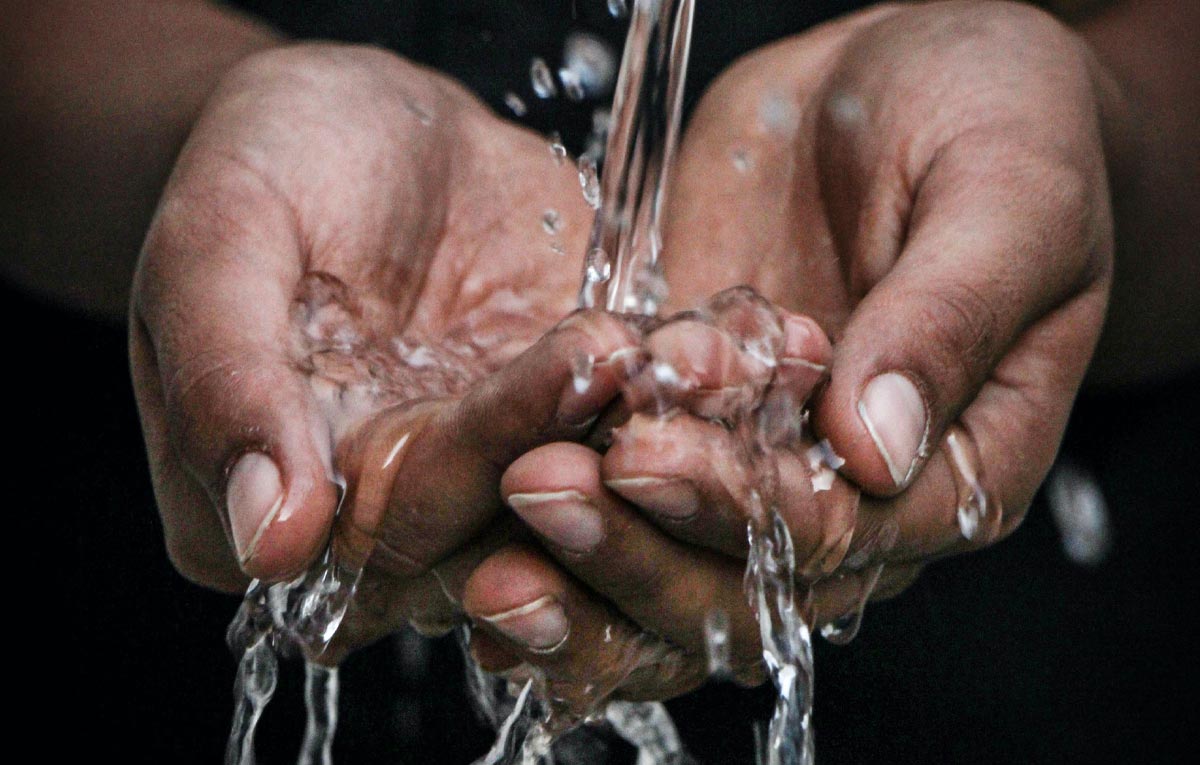Universal access to safe drinking water: challenge or solved problem?

The discourse regarding on universal access to safe drinking water is currently quite complex. There is a general perception that safe drinking water for low-income communities is technically and economically very difficult to achieve, in particular in rural areas of Africa. Given the crucial role of safe water supply in public health and the well-being of any society, there are concerted efforts to produce affordable and effective water treatment technologies for small communities, and even individual households. These efforts support UN SDG Number 6.
A common approach to solving complex problems is to separate the problem into individual variables. The variables of universal safe drinking water can be separated into technical and economical feasibilities. Given that safe drinking water is a quality issue (water analysis), solving the water problem can be formulated as: Which affordable technologies can produce safe drinking water for any community? The answer to this question starts and ends in an analytical laboratory. Only instrumental analysis provides information about water quality; namely, does it need any treatment, and is the applied treatment satisfactory?
Once the water quality is known and the needs of treatment are established, the remaining task is to select an appropriate technology. Filtration has been demonstrated to be the most applicable and efficient technology for small communities and furthermore, it is affordable! Well-designed filters operate without electricity and use locally available materials. Sand is a universally available material that is used to defeat waterborne diseases like cholera, dysentery, schistosomiasis, and typhoid. Slow sand filters (SSFs) have been used as a stand-alone technology for safe drinking water supply for two centuries. The main shortage of SSFs is that they are not designed to treat chemical pollution. However, the addition of metallic iron (Fe0) to an SSF (Fe0) elegantly solves this problem. From the globally widespread natural water pollutants (arsenic, fluorine, and uranium), only fluorine is difficult to address with Fe0-SSFs. Even that challenge is easily solved by blending natural water with rainwater.
The provision of decentralized safe drinking water is possible using Fe0-SSFs and water blending. Related systems, including rainwater harvesting, can be designed and implemented in any community using local labor. All that is needed training of the personnel. Therefore, chemistry-free drinking water supply is achievable wherever water can be made available, e.g. pumped from the subsurface. Thus, conceptually, the problem of universal access to affordable safe drinking water is solved.
-contributed by Chicgoua Noubactep


